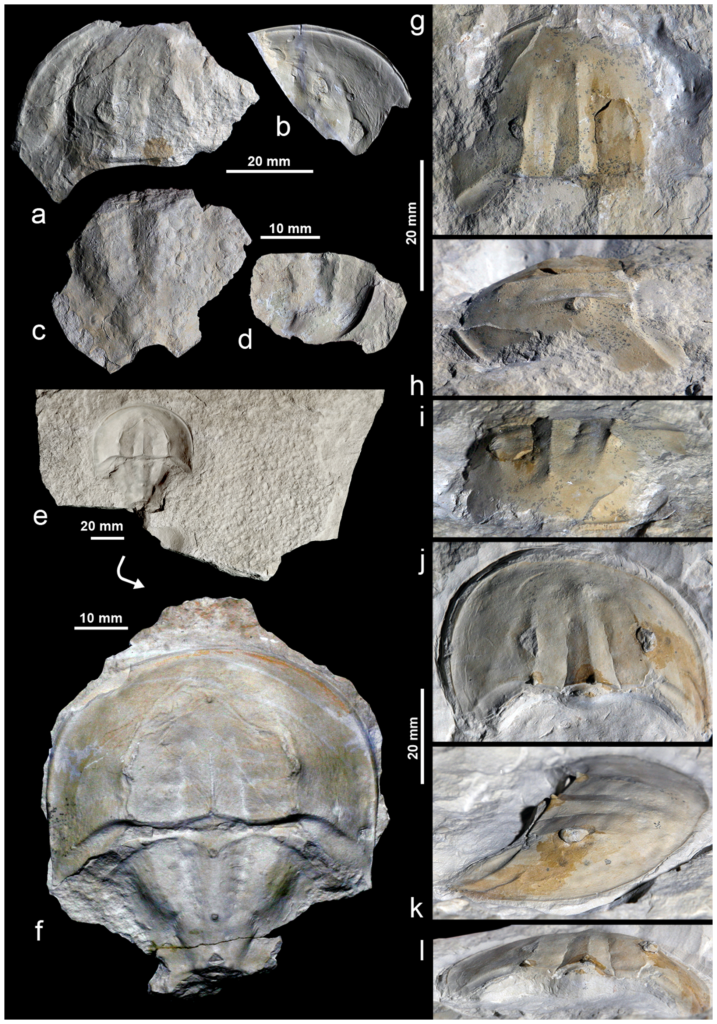@WFS,World Fossil Society,Riffin T Sajeev,Russel T Sajeev
The Horseshoe Crab of the Genus Limulus: Living Fossil or Stabilomorph?
Citation: Kin A, Błażejowski B (2014) The Horseshoe Crab of the Genus Limulus: Living Fossil or Stabilomorph? PLoS ONE 9(10): e108036. https://doi.org/10.1371/journal.pone.0108036
Editor: Alistair Robert Evans, Monash University, Australia
A new horseshoe crab species, Limulus darwini, is described from the uppermost Jurassic (ca. 148 Ma) near-shore sediments of the Kcynia Formation, central Poland. The only extant species Limulus polyphemus (Linnaeus) inhabits brackish-marine, shallow water environments of the east coast of the United States. Here it is shown that there are no important morphological differences between the Kcynia Formation specimens and extant juvenile representatives of the genus Limulus. The palaeoecological setting inhabited by the new species and the trophic relationships of extant horseshoe crabs are discussed in an attempt to determine the potential range of food items ingested by these Mesozoic xiphosurans. In this paper we propose the adoption of a new term stabilomorphism, this being: an effect of a specific formula of adaptative strategy among organisms whose taxonomic status does not exceed genus-level. A high effectiveness of adaptation significantly reduces the need for differentiated phenotypic variants in response to environmental changes and provides for long-term evolutionary success.

Comparison of modern Limulus polyphemus (left) and oldest known member of the genus Limulus darwini (right) from Corbulomima horizon of unit III from Late Jurassic (upper Tithonian = Middle Volgian) sedimentary sequence at Owadów-Brzezinki Quarry (central Poland).(X), (Y) and (Z) – details emphasized, are most substantial morphological difference between both these forms. (cl) – cardiac lobe; (opr) – opisthosomal rim; (pa) – posterial area. Morphological elements of L. darwini exoskeleton not known from the fossil record (i.e. movable spines and telson) emphasized in grey.
@WFS,World Fossil Society,Riffin T Sajeev,Russel T Sajeev



 October 16th, 2021
October 16th, 2021  Riffin
Riffin 
 Posted in
Posted in  Tags:
Tags: 